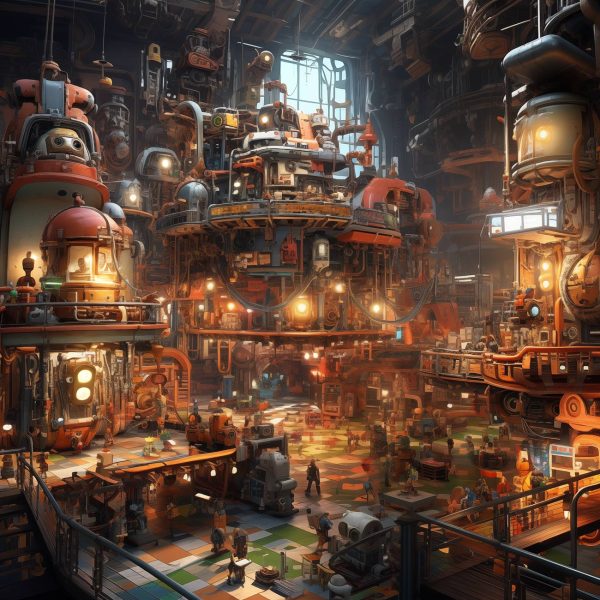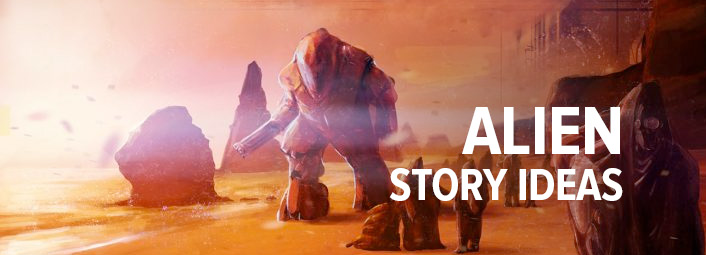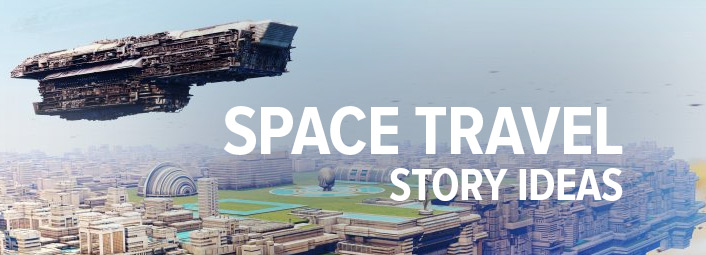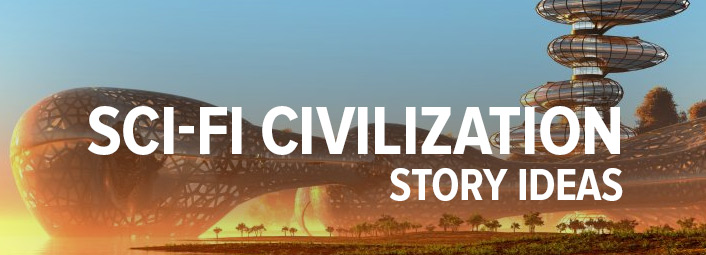20 World Building Tips For Your Next Science Fiction Story
Building your own creative environment for you science fiction story can seem like a daunting task. So I put together this quick list of 20 world building tips to help inspire you for your next story.
In addition to this list, I encourage you to check out some of the great books on world building in our resources page, which is just my own choices from the vast number of them on Amazon.
And with that, here are my 20 World Building Tips to help with your next great science fiction story!
Establish the rules of your world
Define the fundamental principles governing your world, such as the laws of physics, magical systems, or unique technologies. For instance, in Isaac Asimov’s “Foundation” series, psychohistory is a scientific discipline that predicts the future of large populations based on historical patterns.
Create a coherent history
Develop a timeline that includes major events, wars, technological advancements, and societal shifts. In Frank Herbert’s “Dune,” a detailed history spans thousands of years, explaining the rise and fall of different empires and the evolution of societies.
Design diverse cultures
Develop distinct cultures with their own languages, values, traditions, and customs. George R.R. Martin’s “A Song of Ice and Fire” series excels in this aspect, portraying various cultures like the stoic Northerners, the flamboyant Tyrells, and the nomadic Dothraki.
Develop a geography
Geography can be an important aspect of world building. Map out the landscape, climates, and ecosystems of your world. J.R.R. Tolkien’s Middle-earth in “The Lord of the Rings” showcases diverse regions like the Shire, Mordor, and Rivendell, each with its unique geography and inhabitants.
Invent technology and science
Create futuristic or advanced technologies that shape your world. In “Star Trek,” the series introduces technologies like warp drive and transporters that define the capabilities of starships and space exploration.
Establish political systems
Create governments, hierarchies, and power structures. In “The Expanse” series by James S.A. Corey, different factions like Earth, Mars, and the Belt have distinct political systems and conflicts over resources and ideology.
Define social norms and taboos
Explore societal norms, gender roles, and taboos that influence character behavior. Ursula K. Le Guin’s “The Left Hand of Darkness” challenges traditional gender roles in a world where people are ambisexual.
Include economic systems
Develop economies, currencies, and industries. In “Neuromancer” by William Gibson, the novel presents a future where corporations hold immense power and influence in a globalized, cybernetic society.
Integrate religion and belief systems
Create religions, myths, and rituals that shape cultures and characters. In “Dune,” the Fremen’s religious beliefs and the prophecy of the Kwisatz Haderach drive the narrative.
Consider the impact of environment and technology
Explore how the environment and technology affect daily life and societal structures. In “Blade Runner,” the film portrays a dystopian future where technology blurs the lines between humans and artificial beings, impacting social dynamics.
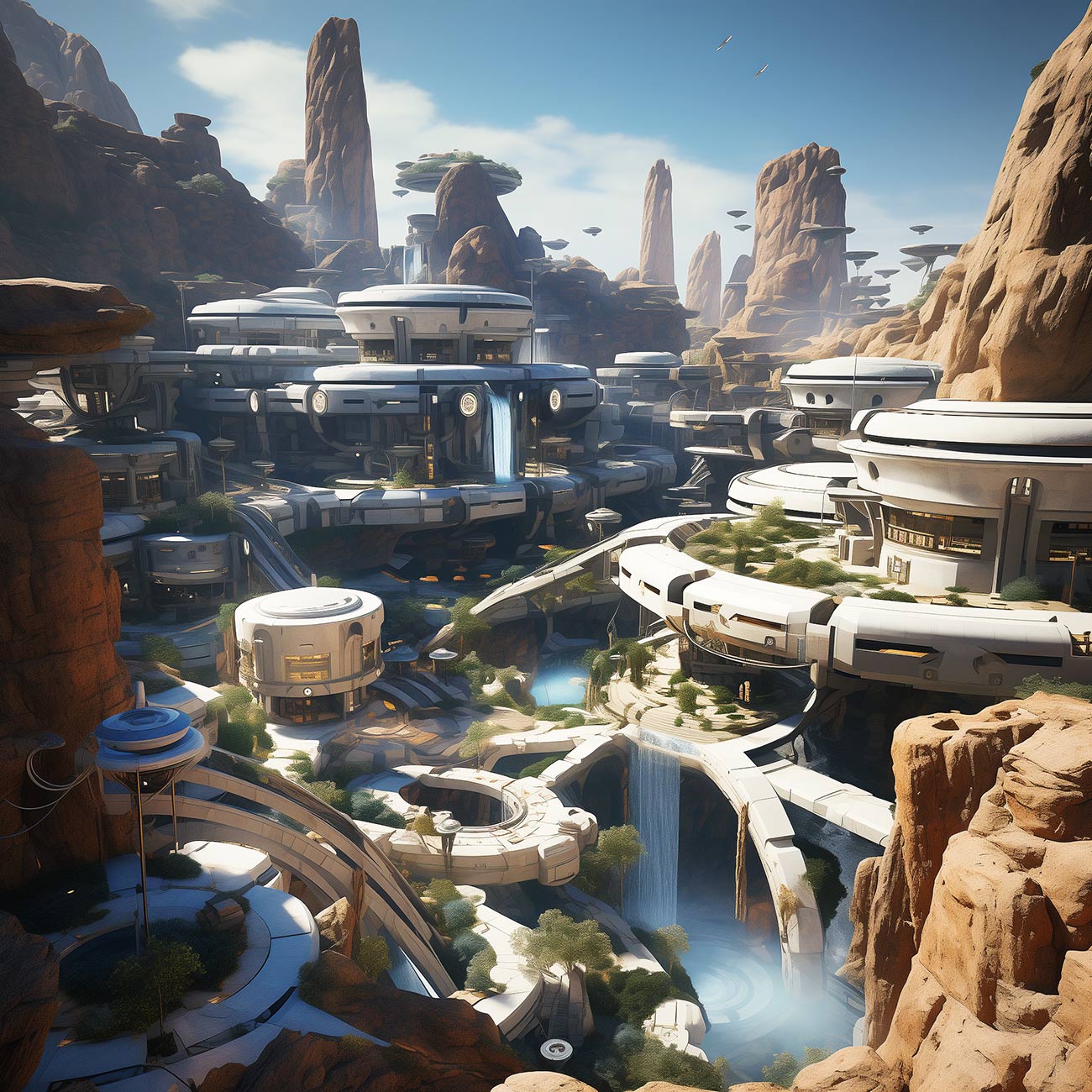
Invent languages or dialects
Create unique languages or dialects for different cultures to add depth and authenticity. This is one the more complicated World Building Tips for me to offer because it’s probably the thing I’m worst at and most intimidated by. But J.R.R. Tolkien’s constructed languages like Elvish and Dwarvish in “The Lord of the Rings” series are examples of detailed linguistic world-building.
Include conflicts and tensions
Introduce conflicts, rivalries, or ideological differences between factions or species. In “Star Wars,” the ongoing conflict between the Sith and the Jedi drives the narrative across multiple planets and societies.
Think about transportation and communication
Design methods of transportation and communication suitable for your world. “Firefly” presents a mix of advanced space travel alongside outdated technologies, contributing to the unique atmosphere of its universe.
Detail architecture and infrastructure
Describe architectural styles, city layouts, and infrastructure reflecting cultural and technological advancements. The futuristic cityscapes in “The Fifth Element” depict a visually striking world with innovative architectural designs.
Consider flora and fauna
Invent unique plants, animals, and ecosystems to add depth to your world. “Avatar” showcases a lush alien world with diverse, bioluminescent flora and fauna integral to the story and setting.
Explore social issues
Address contemporary or universal social issues within the context of your world. Octavia Butler’s “Parable of the Sower” tackles issues of societal collapse, environmental degradation, and religious fanaticism in a near-future setting.
Create memorable landmarks or locations
Develop iconic landmarks or hidden places that contribute to the world’s richness. In “Doctor Who,” the TARDIS allows exploration of historical and futuristic locations, adding depth to the show’s universe.
Ensure consistency
Maintain consistency in the rules and logic of your world. In the “Mass Effect” video game series, the technology, alien species, and history remain consistent across multiple entries, enhancing immersion.
Leave room for exploration
Include mysteries or uncharted territories to create intrigue and possibilities for future stories. In “The Matrix,” the concept of the Matrix itself leaves room for exploration and discovery beyond what’s initially shown.
Show, don’t tell
This is in my opinion perhaps the most important of these World Building Tips. Your world will fall flat if you communicate it in a way that doesn’t allow your reader to absorb it properly, and also allow for their own minor differences in interpretation. Introduce elements of your world naturally through character interactions and experiences. In N.K. Jemisin’s “Broken Earth” trilogy, the world’s cataclysms and unique geology are unveiled gradually through character perspectives, deepening the reader’s understanding of the setting.
If you made it this far, let me know what you think in the comments below! These tips and examples can hopefully assist you in further developing your science fiction world, adding layers of complexity and immersion to captivate your audience.
Let us know what you think about our ideas! Comment below to give us your opinion, add onto an existing idea, or submit one of your own!

